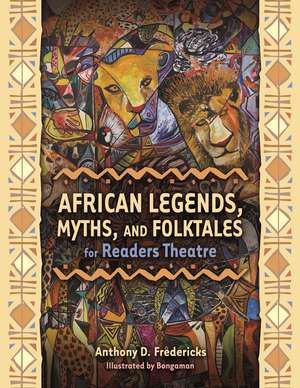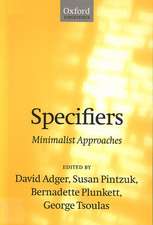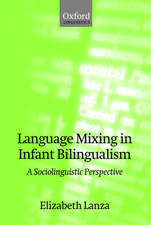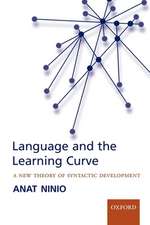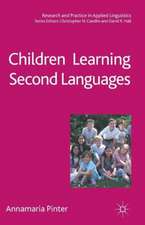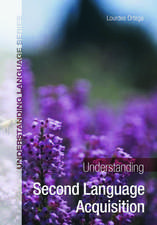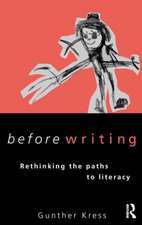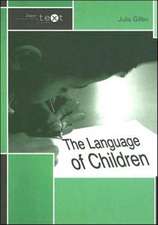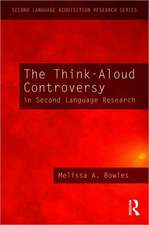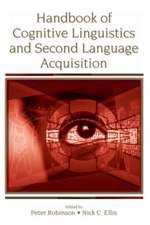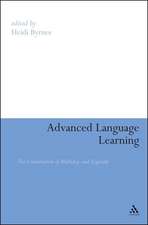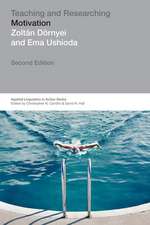African Legends, Myths, and Folktales for Readers Theatre
Autor Anthony D. Fredericks Ilustrat de Bongamanen Limba Engleză Paperback – 29 apr 2008 – vârsta până la 17 ani
Preț: 233.00 lei
Preț vechi: 298.23 lei
-22% Nou
Puncte Express: 350
Preț estimativ în valută:
44.59€ • 46.49$ • 37.06£
44.59€ • 46.49$ • 37.06£
Carte tipărită la comandă
Livrare economică 21 martie-04 aprilie
Preluare comenzi: 021 569.72.76
Specificații
ISBN-13: 9781591586333
ISBN-10: 159158633X
Pagini: 192
Dimensiuni: 216 x 279 x 13 mm
Greutate: 0.45 kg
Editura: Bloomsbury Publishing
Colecția Libraries Unlimited
Locul publicării:New York, United States
ISBN-10: 159158633X
Pagini: 192
Dimensiuni: 216 x 279 x 13 mm
Greutate: 0.45 kg
Editura: Bloomsbury Publishing
Colecția Libraries Unlimited
Locul publicării:New York, United States
Notă biografică
Anthony D. Fredericks has written many books for Teacher Ideas Press. He is Professor of Education, York College, York, Pennsylvania, and the author of more than 50 teacher resource books as well as 20 award-winning children's books.Bongaman
Cuprins
PrefaceIntroductionBrief Notes on Selected African CountriesPart 1: Eastern AfricaPart 2: Middle AfricaPart 3: Northern AfricaPart 4: Southern AfricaPart 5: Western AfricaResourcesMore Teacher Resources by Anthony D. FredericksAbout the Author/About the Illustrator
Recenzii
Designed for older elementary and middle school classes, this volume contains 22 scripts, adaptations of African folktales, that students can read alound. Although most of the tales cross national borders, as do the language and cultural groups from which they arise, Fredericks assigns them by country and provides a source note for each adaptation in an appendix. The book begins with an introduction to readers theatre and how it contributes across the curriculum, suggestions for staging and follow-up activities, and a brief (two-paragraph) overview of each country from which a tale originates. .The book concludes with an annotated list of resources and an index.
A valuable volume for teachers working with students in grades 4-8.
Bottom line: An excellent addition to the multicultural shelves that will easily earn its keep.
With more than thirty-seven years of experience as a classroom teacher, administrator, professional storyteller, and college professor, Fredericks has a sophisticated understanding of ways to integrate folklore into classroom instruction. Rather than simply offering texts and suggesting that adults may try reading the stories to children to spark students' interest in reading, Fredericks employs ideas from young people's theater to use folklore to ignite an interest in verbal arts. The book is an adaptation of stories documented by folklorists, anthropologists, and other collectors. Fredericks reworked them into short scripts that can be acted out in the classroom or library. The approach shifts the focusaway from text into performance, and Fredericks' representation of the texts will make these stories come alive to children and adults. The book's bibliography and webography include fine resources for adding to the study of folklore and African culture. Some may quibble with the idea that this book is an adaptation of traditional folktales, but that's exactly the point. Fredericks regards folklore as a living and vibrant form of expression, and he and his collaborator--a Cameroon artist named Bongaman--share the idea that adapting the stories to American audiences enhances, rather than distorts, the verbal artistry that they are presenting.
A valuable volume for teachers working with students in grades 4-8.
Bottom line: An excellent addition to the multicultural shelves that will easily earn its keep.
With more than thirty-seven years of experience as a classroom teacher, administrator, professional storyteller, and college professor, Fredericks has a sophisticated understanding of ways to integrate folklore into classroom instruction. Rather than simply offering texts and suggesting that adults may try reading the stories to children to spark students' interest in reading, Fredericks employs ideas from young people's theater to use folklore to ignite an interest in verbal arts. The book is an adaptation of stories documented by folklorists, anthropologists, and other collectors. Fredericks reworked them into short scripts that can be acted out in the classroom or library. The approach shifts the focusaway from text into performance, and Fredericks' representation of the texts will make these stories come alive to children and adults. The book's bibliography and webography include fine resources for adding to the study of folklore and African culture. Some may quibble with the idea that this book is an adaptation of traditional folktales, but that's exactly the point. Fredericks regards folklore as a living and vibrant form of expression, and he and his collaborator--a Cameroon artist named Bongaman--share the idea that adapting the stories to American audiences enhances, rather than distorts, the verbal artistry that they are presenting.
